International
USA: “In the coming days, weeks,” Panama could deport Venezuelans to a third country
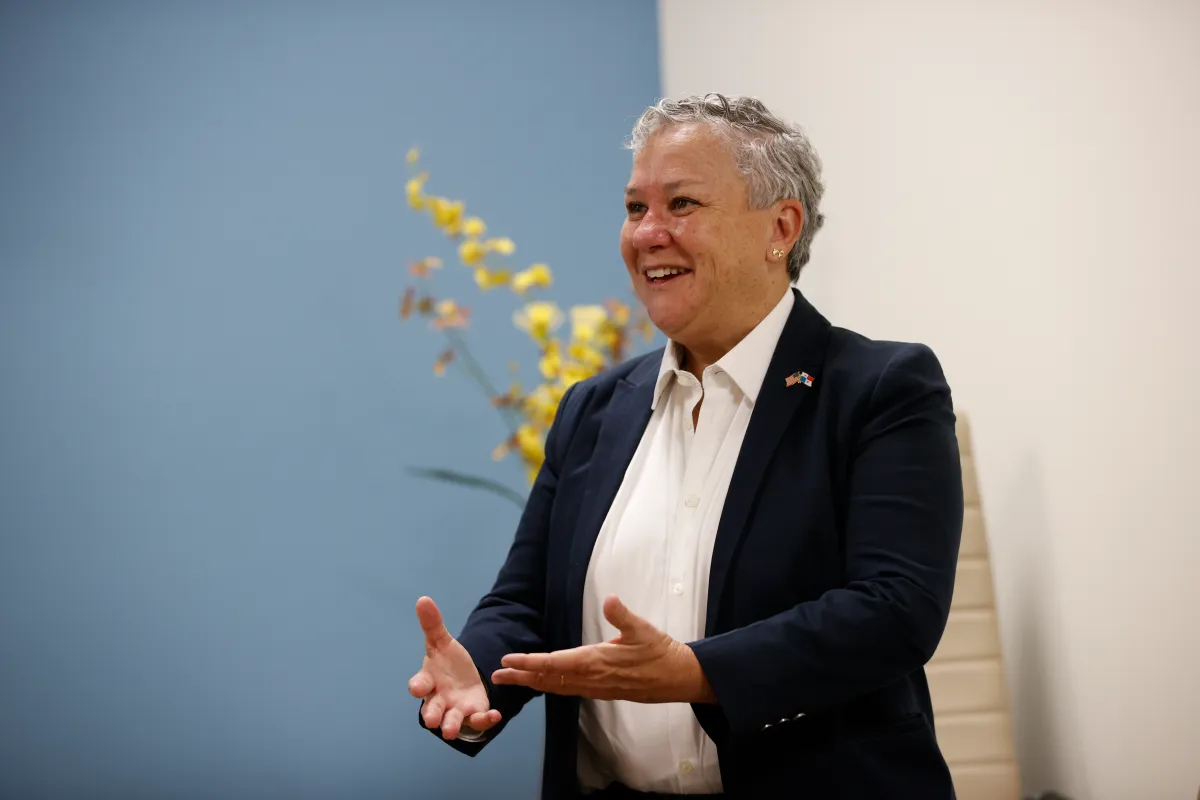
“In the coming days, weeks at the latest,” Panama could begin the air deportation of Venezuelans who cross the Darién jungle, the natural border with Colombia, to third countries, as part of the agreement between the Panamanian Government and the United States signed on July 1, the US Regional Internal Security attaché, Marlen Piñeiro, assured EFE on Wednesday.
“Yes, we have approached several countries and we think that in the coming days, weeks at the latest, we will have ways to return Venezuelans to third countries where they will be safe,” said Piñeiro in an interview, who has so far been the representative of the US authorities during the deportation flights carried out by Panama since last August.
Asked if she could advance with which countries they are holding talks, she said that “not yet”: “But we have talked to several,” she acknowledged.
The agreement, signed on the first day of the new Administration of President José Raúl Mulino, contemplates the repatriation by air and based on Panamanian laws of irregular migrants who have arrived in Panama after crossing the border jungle.
The migrants
The United States finances the flights with an initial amount of 6 million dollars, of which more than 1.1 million dollars have already been used on 20 flights, the last one this morning, to countries such as Colombia, Ecuador and India, and which affected about 800 migrants.
Since the flights began, there has been a drastic reduction in the number of Colombians and Ecuadorians crossing the Darién, of 65% and 92%, respectively, according to a statement by the US authorities.
But the vast majority of migrants crossing the jungle are Venezuelans who could not be deported given the suspension, since the end of July, of diplomatic relations between Panama and Venezuela as a result of the crisis triggered after the elections.
The data from the Panamanian authorities are resounding: of the more than 263,000 migrants who crossed the Darién until the end of September, the last month with the complete figures, 67% were Venezuelans, while in 2023, when the historical record of people who had crossed this jungle, with more than 520,000, 63% also came from Venezuela.
Generalized drop in the number of migrants due to the Darién
But despite the fact that there are no deportation flights for Venezuelans, the data also indicate a generalized drop in the number of migrants, with 274,444 irregular travelers who until October 13 had arrived in Panama, 36.5% less than the 432,211 registered in the same period of 2023.
“We think it’s due to the good work that this administration has done in Panama. We also think it has to do with the proclamation made by President (American Joe) Biden on our own border in June. Those two things (had their reason), which was that people thought twice (before) coming through the irregular road,” the official stressed.
The deportations
Piñeiro also confirmed that although it had initially been said that deportations would be voluntary, “so far all the deportations that have occurred have been involuntary deportations or expulsions, consistent with Panamanian law.”
In addition, there have been complaints from migrants, as EFE testified in the Lajas Blancas migratory reception center in Darién, that family separations occurred by the immigration authorities of Panama, in particular cases in which the Colombian husband was deported, while the Venezuelan mother was allowed to continue her journey to North America.
The regional internal security attaché assured that she had no “recode of that.”
“If there is any allegation about that, we would explore it. However, I always repeat that it is Panamanian law and if Panamanian law decides that someone should be deported, for example it is possible that they have had a criminal (history), they are eligible to be deported under Panamanian law,” he said.
However, he noted that most migrants who enter through the Darién and are deported have no criminal record, but are deported for having entered Panama irregularly.
Increase in destination countries
US authorities detailed that in addition to the charter flights already made to Colombia, Ecuador and India, four irregular migrants were returned on commercial flights to Afghanistan, Pakistan, Russia and Turkey, but Piñeiro said that they hope to expand the nationalities.
“I can confirm that we are talking to all the countries where migrants are entering. To clarify, Panama is talking to the countries where migrants are entering to return them under Panamanian law,” he said.
According to data until October revealed by the Panamanian authorities, the main countries of origin of the migrants crossing the Darién are, in this order, Venezuela, Colombia, Ecuador, China, Haiti, India, Peru, Vietnam and Bangladesh.
Piñeiro, although born in the United States, is the daughter of Cubans with ancestors of Spanish origin, so she says she is aware of migration, a sector in which she has also worked for the last 37 years.
That is why, he emphasizes, he asks migrants to opt for “the legal routes” of migration, because sometimes “people think they do not qualify, but yes, there are work paths, there are family routes,” while with the irregular option they put themselves in danger.
“There is a lot of risk in the Darién, not only of violence, money, exploitation, the scars that are caused to children are scars that remain for life, it is not worth it,” he said.
International
Maduro, Delcy Rodríguez sued in Florida over alleged kidnapping, torture and terrorism

U.S. citizens have revived a lawsuit in Miami against Venezuelan President Nicolás Maduro following his capture, as well as against Vice President and now acting leader Delcy Rodríguez and other senior Chavista officials, whom they accuse of kidnapping, torture, and terrorism.
The plaintiffs — including U.S. citizens who were kidnapped in Venezuela and two minors — filed a motion over the weekend before the U.S. District Court for the Southern District of Florida asking the court to declare the defendants in default for failing to respond to the lawsuit initially filed on August 14, 2025, according to court documents made public on Monday.
The case, assigned to Judge Darrin P. Gayles, accuses the Venezuelan leaders of violating the U.S. Anti-Terrorism Act (ATA), the Florida Anti-Terrorism Act, and the Racketeer Influenced and Corrupt Organizations Act (RICO).
In addition to Maduro and Rodríguez, the lawsuit names Venezuelan Defense Minister Vladimir Padrino López; Attorney General Tarek William Saab; Interior Minister Diosdado Cabello; former Supreme Court Chief Justice Maikel Moreno; and National Assembly President Jorge Rodríguez.
The complaint also lists the state-owned oil company Petróleos de Venezuela (PDVSA) and former Electricity Minister Néstor Reverol as defendants.
According to the filing, Maduro “committed flagrant acts of terrorism against U.S. citizens,” citing the criminal case in New York in which Maduro and his wife, Cilia Flores, appeared in court for the first time on Monday following their arrest on Saturday.
The lawsuit claims that the plaintiffs “were held captive by Maduro” with “illegal material support” from the other defendants, whom it identifies as members of the Cartel of the Suns, a group designated by the United States as a terrorist organization last year.
International
U.S. faces worst flu season in decades as new strain spreads nationwide

The flu continues to take a heavy toll across the United States, with all but four states reporting high or very high levels of activity as a new viral strain known as subclade K continues to spread.
According to another key indicator — doctor visits for fever accompanied by cough or sore throat, common flu symptoms — the U.S. is experiencing its highest level of respiratory illness since at least the 1997–98 flu season, based on data released Monday by the Centers for Disease Control and Prevention (CDC).
“This is definitely a standout year,” said Dr. Caitlin Rivers, an epidemiologist and senior scholar at the Johns Hopkins Center for Health Security. “It’s the worst we’ve seen in at least 20 years. Most of the country is experiencing very high levels of activity, and we are still near the peak.”
Rivers noted that it is unusual to see such a severe flu season following another poor season the previous year, as intense seasons typically do not occur back to back.
Nationwide, approximately 8.2% of doctor visits during the final week of the year were for flu-like symptoms. At the same point last season — which was also severe — that figure stood at 6.7%.
In Massachusetts, where flu activity is reported as very high, health officials urged residents to get vaccinated.
“This is a moment for clarity, urgency, and action,” said Dr. Robbie Goldstein, Commissioner of Public Health, in a press release. “These viruses are serious, dangerous, and potentially deadly. We are seeing critically ill children, families grieving devastating losses, and hospitals under strain due to capacity.”
International
U.S. Energy Secretary to meet oil executives on reviving Venezuela’s crude industry
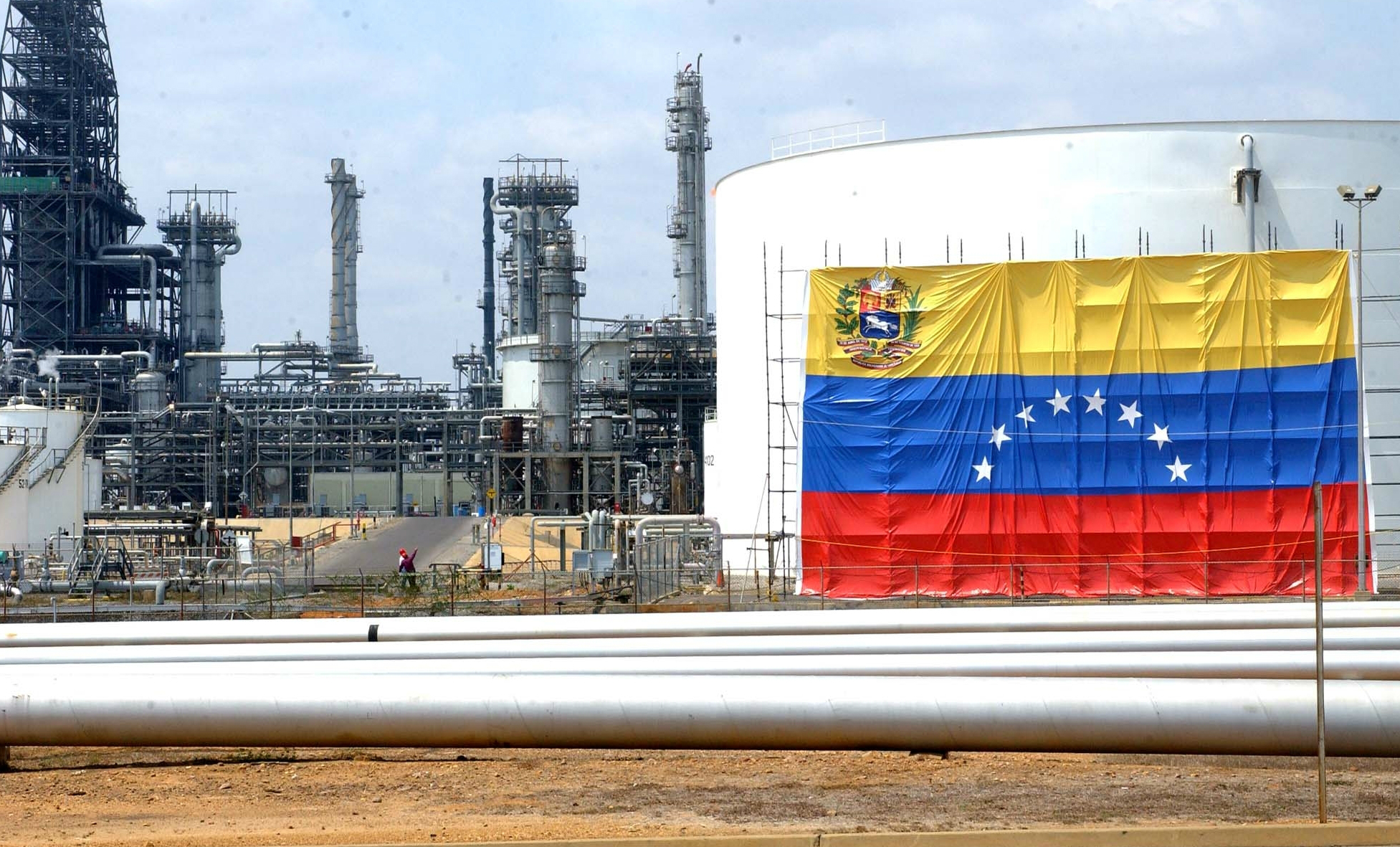
U.S. Secretary of Energy Chris Wright is set to meet this week with executives from the American oil industry to discuss how to revive Venezuela’s crude oil sector, according to multiple media reports.
The meeting will take place on the sidelines of an energy conference organized by investment banking group Goldman Sachs in Miami.
Senior executives from major U.S. oil companies, including Chevron and ConocoPhillips, are expected to attend the symposium.
Venezuela holds the world’s largest proven oil reserves, estimated at 300 to 303 billion barrels, representing roughly one-fifth of known global reserves.
Following the controversial operation carried out on Saturday to detain Venezuelan President Nicolás Maduro, U.S. President Donald Trump has placed renewed emphasis on control over and exploitation of Venezuela’s vast oil resources.
-

 International1 day ago
International1 day agoU.S. faces worst flu season in decades as new strain spreads nationwide
-

 International5 days ago
International5 days agoMissile attack hits Kharkiv homes, leaving 13 wounded
-

 Central America2 days ago
Central America2 days agoEl Salvador reports safest year in its history, security cabinet says
-

 International4 days ago
International4 days agoTrump signals possible expansion of U.S. regional policy beyond Venezuela
-

 International5 days ago
International5 days agoCanada’s prime minister Mark Carney to join Ukraine peace talks in Paris
-
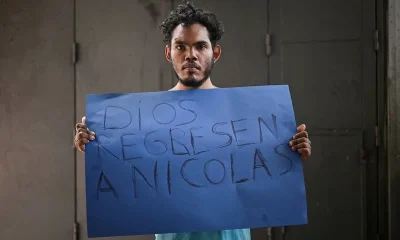
 International4 days ago
International4 days agoWorld leaders react to U.S. attacks on Venezuela, sparking global divide
-
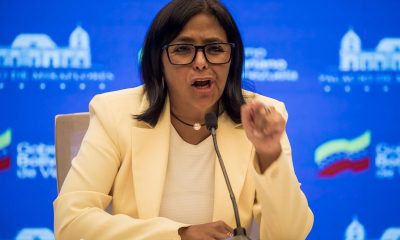
 International2 days ago
International2 days agoDelcy Rodríguez, key figure in U.S.-Venezuela transition, remains under EU sanctions
-

 International3 days ago
International3 days agoMarco Rubio warns Cuba could be Trump administration’s next target
-

 International1 day ago
International1 day agoMaduro, Delcy Rodríguez sued in Florida over alleged kidnapping, torture and terrorism
-
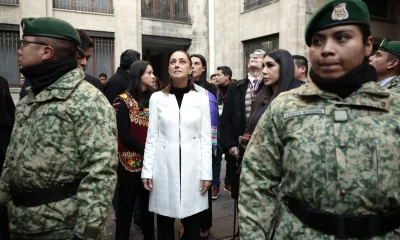
 International5 days ago
International5 days agoSheinbaum evacuates National Palace after 6.5-magnitude earthquake hits Southern Mexico
-

 International2 days ago
International2 days agoChina urges immediate release of Maduro, seeks emergency UN security council meeting
-
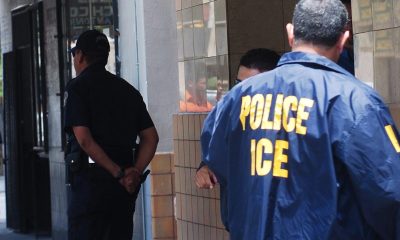
 International1 day ago
International1 day agoFlorida’s ‘Tidal Wave’ operation detains 10,400 migrants in largest ICE joint effort
-
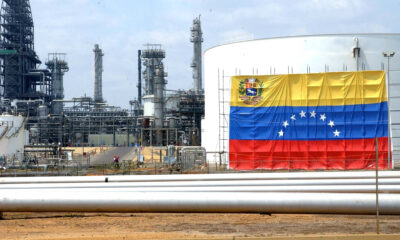
 International1 day ago
International1 day agoU.S. Energy Secretary to meet oil executives on reviving Venezuela’s crude industry
-

 International1 day ago
International1 day agoColombia to maintain anti-drug cooperation with U.S. after Trump remarks
-
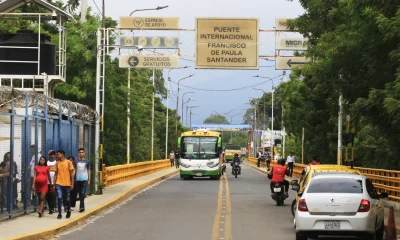
 International1 day ago
International1 day agoColombia says border with Venezuela remains calm after U.S. arrest of Maduro
























